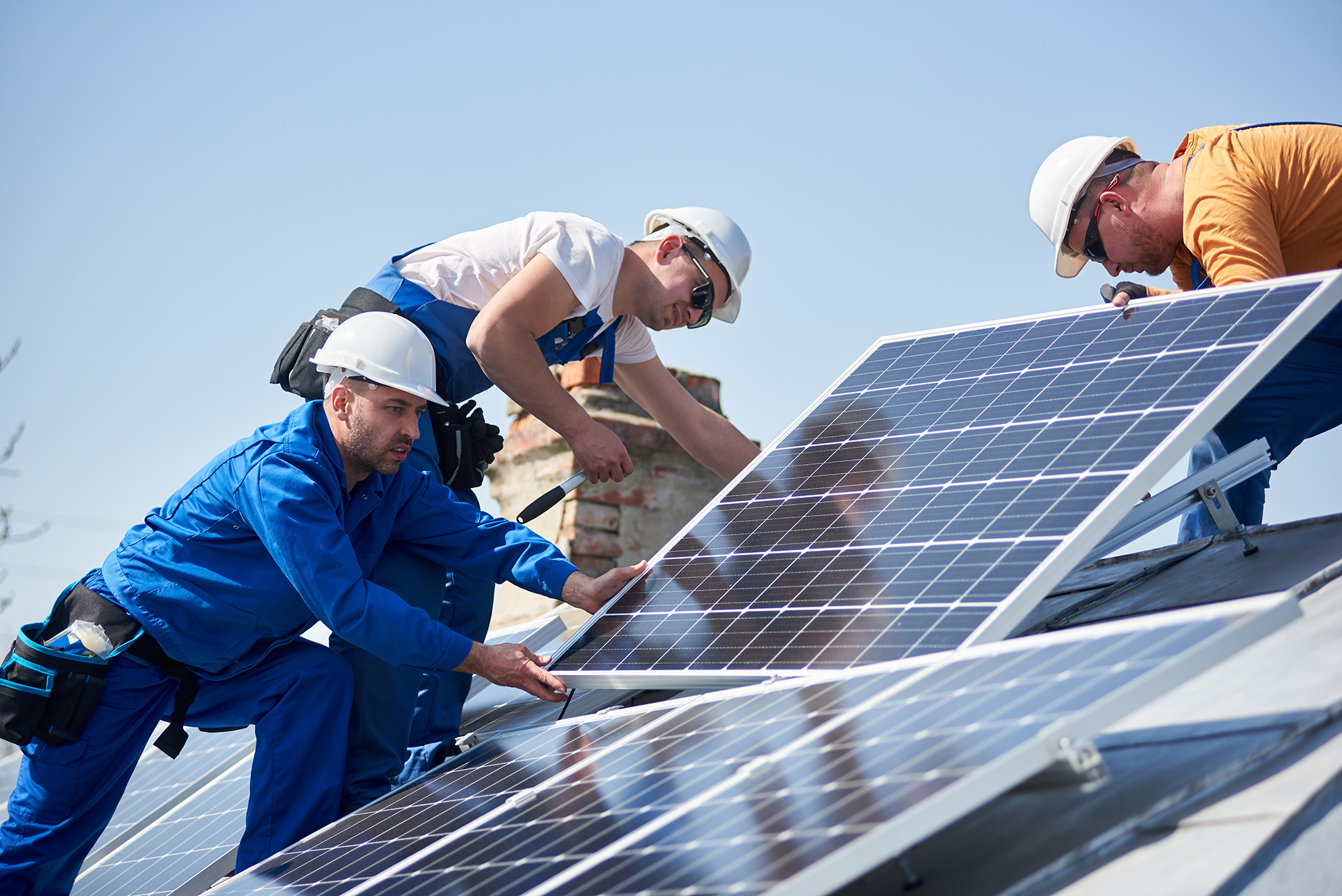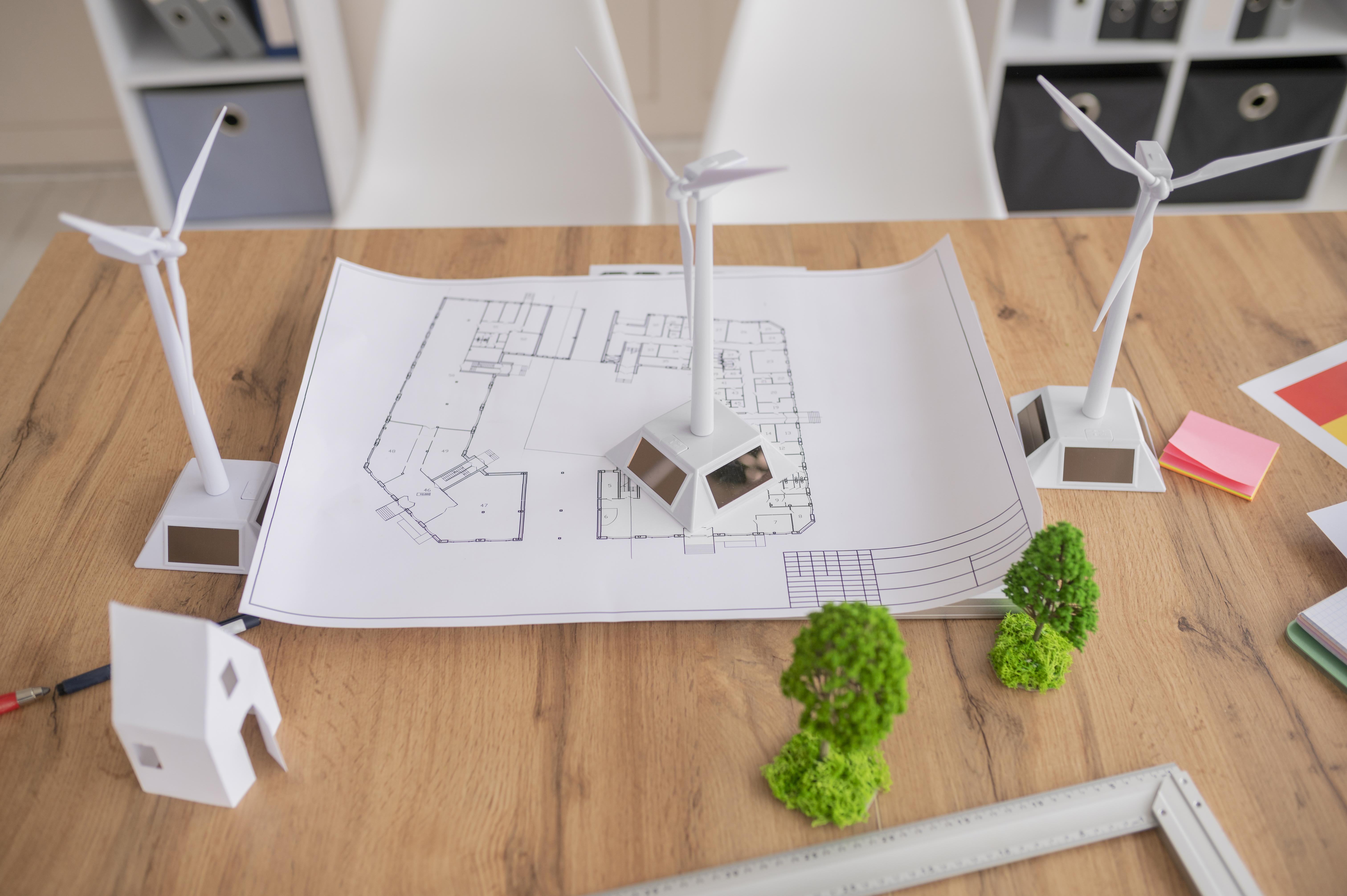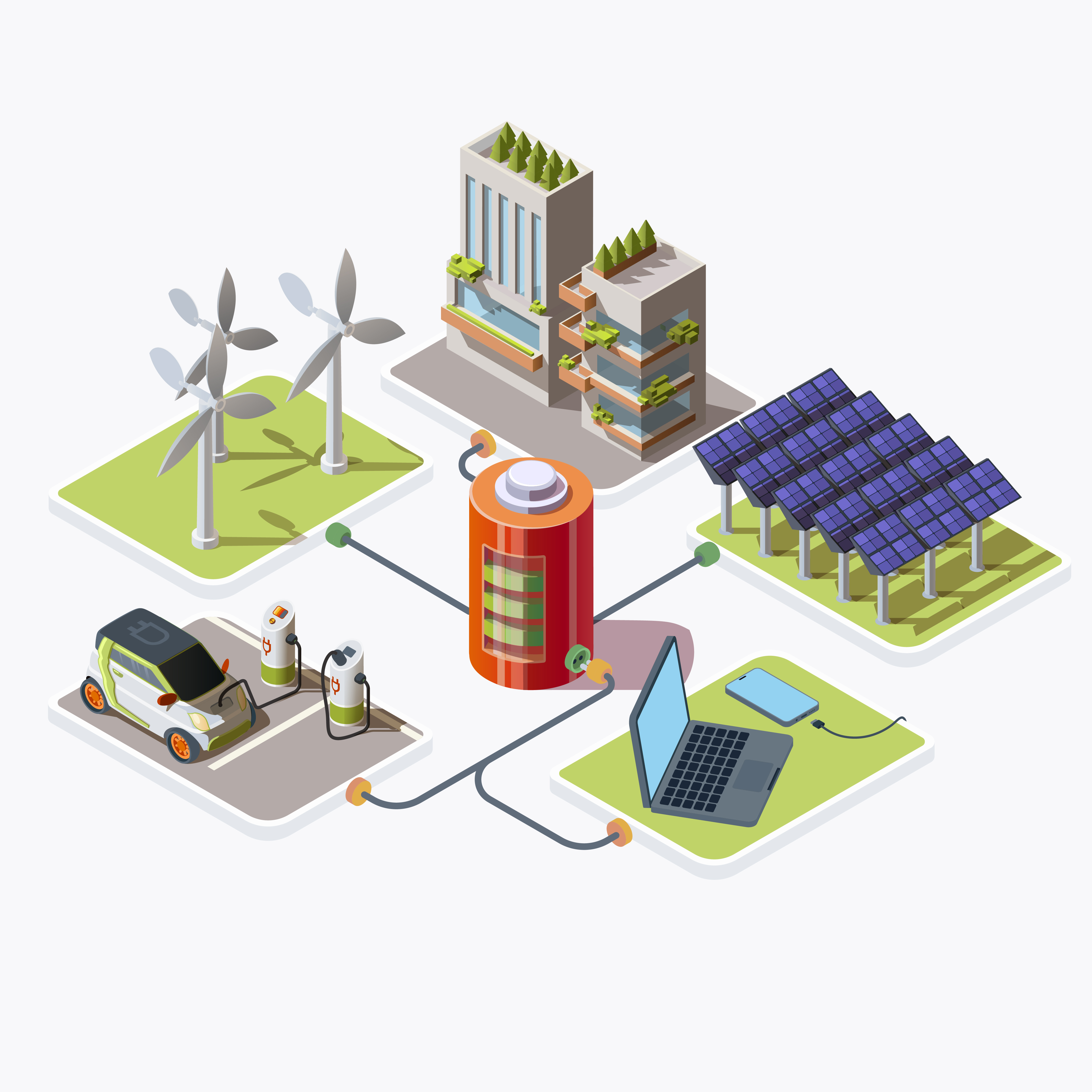Table of Contents
ToggleIntroduction
Heat pumps are versatile heating and cooling systems that work by transferring heat between the indoors and outdoors. Unlike traditional furnaces or air conditioners, which generate heat or cool air, heat pumps simply move heat from one place to another, depending on the season. This makes them highly energy-efficient solutions for maintaining indoor comfort.As a homeowner, ensuring the proper maintenance of your heat pump is essential for its efficient operation and longevity. A well-maintained heat pump not only keeps your indoor environment comfortable year-round but also helps you save on energy bills and prevents costly repairs. In this comprehensive guide, we’ll walk you through the steps necessary to maintain your heat pump effectively.
At its core, a heat pump consists of an outdoor unit (the condenser) and an indoor unit (the evaporator). Refrigerant circulates between these units, absorbing heat from one location and releasing it in another. In heating mode, the heat pump extracts heat from the outdoor air and transfers it indoors. In cooling mode, it reverses this process, removing heat from indoors and releasing it outdoors.
Regular maintenance is crucial for ensuring the optimal performance and longevity of your heat pump. By keeping your system clean and well-tuned, you can maximize its efficiency, minimize energy consumption, and extend its lifespan. Moreover, proactive maintenance helps identify and address potential issues before they escalate into major problems, saving you time, money, and inconvenience.
Types of Heat Pumps
Before delving into maintenance procedures, it’s important to understand the different types of heat pumps available. Air source heat pumps are the most common type, extracting heat from the outdoor air and transferring it indoors during the heating season. They operate efficiently in moderate climates but may struggle in extreme cold temperatures. An air source heat pump typically comprises a compressor, condenser, expansion valve, and evaporator coil. Refrigerant circulates through these components, absorbing heat from the outdoor air and releasing it inside your home.
Ground source heat pumps, also known as geothermal heat pumps, harness heat from the ground or a body of water instead of the outdoor air. They tend to be more efficient than air source heat pumps but require a significant initial investment for installation. Unlike air source heat pumps, which rely on outdoor air temperature fluctuations, ground source heat pumps benefit from the relatively stable temperature of the earth’s crust. This allows them to maintain consistent heating and cooling performance throughout the year.
One of the primary benefits of regular maintenance is improved energy efficiency. When your heat pump is clean and well-tuned, it requires less energy to operate, resulting in lower utility bills and reduced environmental impact. A well-maintained heat pump consumes less energy to achieve the same level of heating or cooling, leading to significant savings on your monthly utility bills. By investing in maintenance now, you can enjoy lower operating costs for years to come. In addition to saving money on energy bills, proper maintenance can also extend the lifespan of your heat pump. By addressing minor issues promptly and preventing major malfunctions, you can avoid costly repairs and premature replacement of your system.
Safety Precautions Before Maintenance
Before performing any maintenance tasks on your heat pump, it’s essential to prioritize safety to prevent accidents or injuries. Always turn off the power to your heat pump before attempting any maintenance or repairs. This includes shutting off the circuit breaker or disconnecting power at the main electrical panel to ensure that the system cannot accidentally start while you’re working on it. In addition to cutting off power, it’s crucial to follow proper safety procedures, such as wearing protective gear like gloves and safety glasses, to prevent electric shocks, cuts, or burns.
When working on your heat pump, make sure you have the necessary tools and equipment on hand, including wrenches, screwdrivers, and a multimeter for testing electrical components. Additionally, wear protective gear such as gloves and safety glasses to protect yourself from sharp edges and electrical hazards. By taking these safety precautions seriously, you can reduce the risk of accidents and injuries while performing maintenance on your heat pump.
To keep your heat pump running smoothly, it’s important to perform certain maintenance tasks on a monthly basis. One of the simplest yet most important maintenance tasks is inspecting and cleaning or replacing your heat pump’s air filters. Dirty or clogged air filters restrict airflow and force your heat pump to work harder, increasing energy consumption and reducing efficiency. To prevent this, check your air filters monthly and clean or replace them as needed, following the manufacturer’s guidelines.
Another monthly maintenance task is checking your thermostat settings to ensure they’re correctly calibrated and programmed for optimal comfort and efficiency. If your thermostat is not calibrated correctly, it may inaccurately measure indoor temperatures, leading to inefficient operation and discomfort. Use a separate thermometer to verify the accuracy of your thermostat and adjust the settings as needed.
Seasonal Maintenance
In addition to monthly tasks, certain maintenance procedures should be performed seasonally to prepare your heat pump for the demands of changing weather conditions. As winter transitions to spring, it’s essential to prepare your heat pump for the cooling season by performing a thorough inspection and cleaning. Start by cleaning the outdoor unit (condenser) to remove dirt, leaves, and debris that may have accumulated over the winter. Use a hose or pressure washer to gently spray away dirt and debris, being careful not to damage delicate components.
Similarly, as summer turns to fall, it’s crucial to perform maintenance tasks to ensure your heat pump is ready for the heating season ahead. Inspect the indoor and outdoor coils for dirt and debris, and clean them as necessary using a soft brush or vacuum cleaner. Dirty coils restrict airflow and reduce heat transfer efficiency, so keeping them clean is essential for optimal performance.
Refrigerant Checks
Proper refrigerant levels are critical for the efficient operation of your heat pump. Low refrigerant levels can lead to reduced cooling or heating capacity, increased energy consumption, and potential damage to the compressor. Refrigerant serves as the medium for heat transfer in your heat pump, absorbing heat from one location and releasing it in another. If refrigerant levels are too low, your heat pump won’t be able to absorb enough heat from the outdoor air during heating mode or release enough heat outdoors during cooling mode.
Low refrigerant levels force your heat pump to work harder to achieve the desired temperature, leading to increased energy consumption and higher utility bills. By maintaining proper refrigerant levels, you can ensure optimal performance and efficiency. Detecting and addressing refrigerant leaks promptly is essential for preventing damage to your heat pump and maintaining efficient operation.
Common signs of refrigerant leaks include reduced cooling or heating capacity, ice buildup on the indoor or outdoor unit, hissing or bubbling noises, and higher-than-normal energy bills. If you notice any of these symptoms, contact a qualified HVAC technician to inspect and repair the leak.
Condensate Drain Maintenance
The condensate drain is responsible for removing excess moisture from your heat pump’s indoor unit during operation. Over time, the drain line can become clogged with dirt, algae, or debris, leading to water damage and indoor air quality issues. To prevent clogs and ensure proper drainage, it’s essential to inspect and clean your heat pump’s condensate drain regularly.
To prevent clogs, pour a mixture of bleach and water down the condensate drain line periodically to kill algae and bacteria. Additionally, consider installing a condensate drain pan treatment to prevent microbial growth and keep the drain line clear. Proper condensate drainage is essential for preventing water damage to your home and maintaining indoor air quality. By keeping the condensate drain clean and clear, you can prevent mold and mildew growth and ensure efficient operation of your heat pump.
Inspecting Ductwork
The ductwork in your home plays a crucial role in distributing heated or cooled air from your heat pump to every room. Leaky or poorly insulated ducts can waste energy and compromise indoor comfort. Inspect your ductwork for signs of leaks or damage, such as visible gaps or holes, loose connections, or disconnected joints. Sealing leaks in your ductwork is relatively straightforward and can significantly improve the efficiency of your heat pump system. Use foil-backed tape or mastic sealant to seal gaps or holes in the ductwork, paying particular attention to joints and connections.
The fans in your heat pump play a crucial role in circulating air and facilitating heat transfer between the indoor and outdoor units. Proper fan maintenance is essential for efficient operation and optimal comfort. Many heat pump systems feature fan motors that require periodic lubrication to prevent friction and ensure smooth operation. Check your heat pump’s fan motors regularly and lubricate them according to the manufacturer’s recommendations. Use a high-quality lubricant suitable for the motor type and application, and avoid over-lubricating, as this can attract dust and debris.
Look for cracks, chips, or bends in the fan blades, as well as excessive rust or corrosion. Damaged fan blades can cause imbalances and vibration, leading to premature wear on the motor bearings and reduced efficiency. By addressing these maintenance tasks regularly, you can ensure the efficient operation and longevity of your heat pump system. Remember to always follow safety precautions and consult a qualified HVAC technician if you encounter any issues beyond your expertise. With proper care and maintenance, your heat pump can provide reliable comfort and energy savings for years to come.
FAQs
Why is regular maintenance important for my heat pump?
Regular maintenance is essential for your heat pump’s efficiency and longevity. It helps prevent breakdowns, ensures optimal performance, and saves you money on energy bills by keeping the system running smoothly.
How often should I clean or replace the air filters in my heat pump?
Air filters should ideally be checked monthly and cleaned or replaced as needed. Dirty filters restrict airflow, reducing efficiency and potentially causing damage to the system. Keeping the filters clean ensures proper airflow and indoor air quality.
What are some signs that my heat pump may have a refrigerant leak?
Signs of a refrigerant leak include reduced cooling or heating performance, ice buildup on the indoor or outdoor unit, hissing or bubbling noises, and higher-than-normal energy bills. If you notice any of these symptoms, it’s important to have a qualified technician inspect and repair the leak promptly.
How can I ensure that my heat pump’s ductwork is functioning properly?
Regular inspection of the ductwork is crucial for identifying leaks, damage, or poor insulation. Look for visible gaps or holes, loose connections, or disconnected joints. Sealing leaks and keeping the ducts clean ensures efficient airflow and prevents energy loss.
What safety precautions should I take before performing maintenance on my heat pump?
Before starting any maintenance tasks, it’s essential to turn off the power to the heat pump to prevent accidents or injuries. Additionally, wear protective gear such as gloves and safety glasses, and follow proper procedures outlined in the manufacturer’s manual. If you’re unsure or uncomfortable with any task, it’s best to consult a professional technician.







